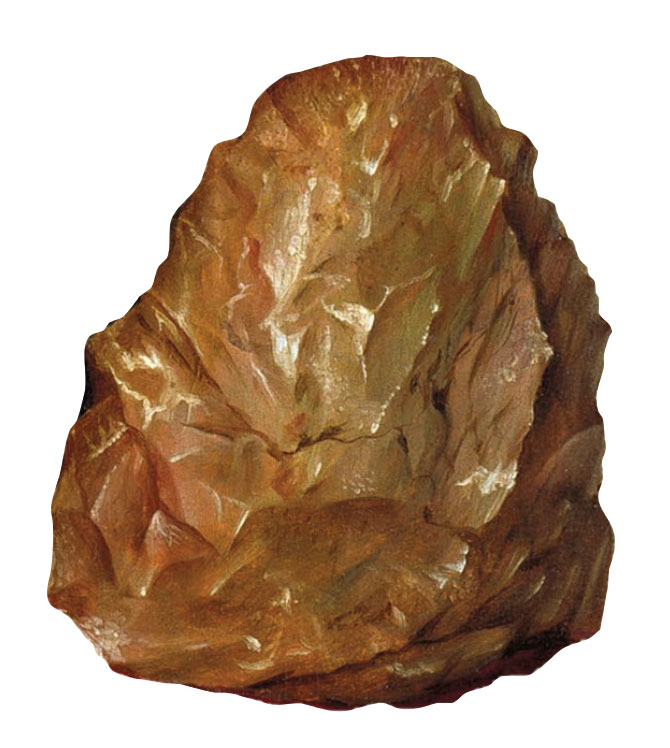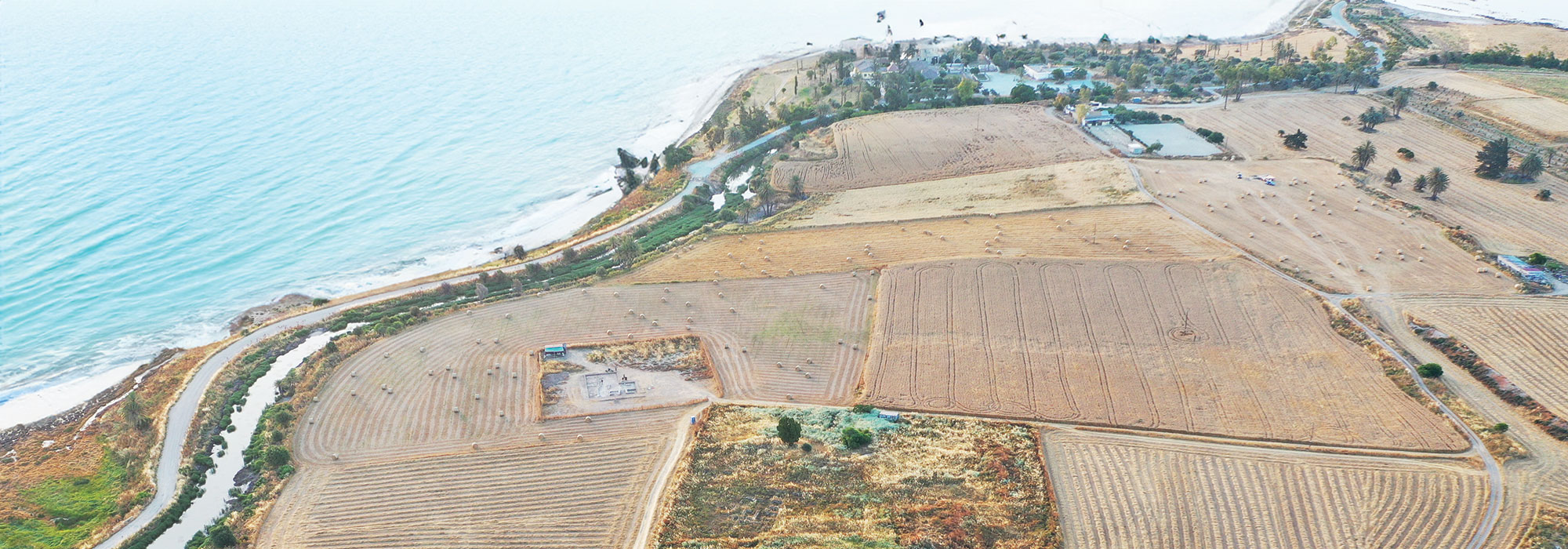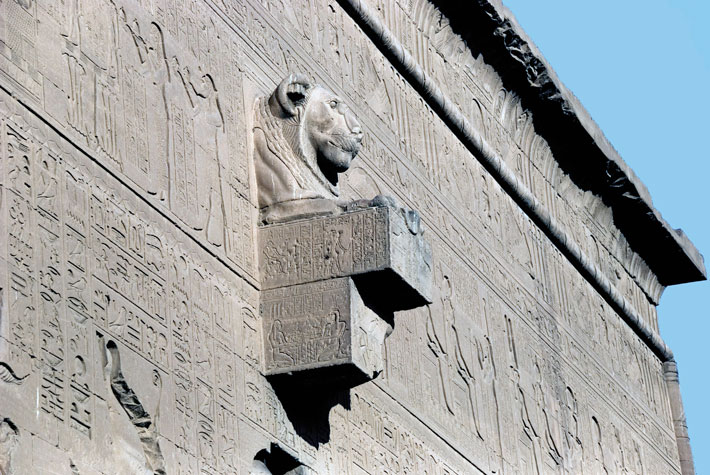
Cutting tools known as Acheulean hand axes, made by Homo erectus and other early human species from about 1.76 million to 130,000 years ago, represent humanity’s most enduring technology. They are particularly plentiful at the Tanzanian site of Isimila, the subject of a lecture Dartmouth College art historian Steve Kangas attended in 2021. The shape of the tools seemed familiar to Kangas, and he approached his colleague, paleoanthropologist Jeremy DeSilva, with a startling observation. To Kangas, the Acheulean hand axes in the lecture looked uncannily like a strangely shaped rock depicted in the fifteenth-century painting Étienne Chevalier with Saint Stephen by French artist Jean Fouquet. DeSilva agreed, and they collaborated with University of Cambridge archaeologists Alastair Key and James Clark to test out the idea.

Key and Clark compared the shape, color, and surface details of the stone in the painting with those of Acheulean hand axes found in northern France, where Fouquet lived and worked. They determined that the characteristics of the stone depicted by Fouquet did indeed strongly resemble those of the Paleolithic artifacts. Key says that while they cannot definitively prove that Fouquet selected a prehistoric stone tool to include in his painting, their conclusions make it seem highly likely that he did so. Based on late medieval sources, people of Fouquet’s time knew Acheulean hand axes as “thunderstones” and believed they were created by lightning strikes. The revelation that they were, in fact, created by prehistoric people lay more than 300 years in the future.










